One very unique part of this war has been Ukraine's public "doxing" Russian soldiers. They have published, for the world to see, the names and ranks of every soldier in several units of the Russian Armed Forces (RUAF henceforth). This has given us some very interesting insights into what has gone so wrong for Russia. These lists are some of the clearest examples of the manpower shortages, likely the result of extreme corruption and graft, that Russia has been facing throughout the war.
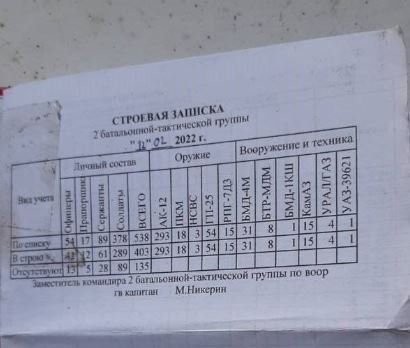
A standard Motorized Rifle Squad (MRS) is supposed to have 9 men. Moscow allots a budget for the salaries of these 9 men, and the supply of all their equipment. But as well all know, corruption is endemic in the RUAF, and everyone wants their cut. A commander looking to make a pretty penny may choose to report that this 9-man MRS is fully staffed, but instead only assign 6 men to it. He can then funnel the salaries and food/equipment budget for the 3 "ghost soldiers" into his own pockets.
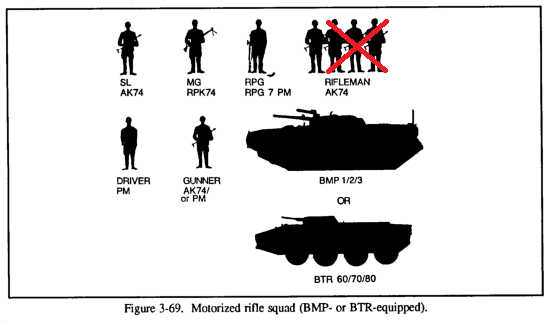
In peace time this is all well and good. But the number of troops in an MRS has a very clear lower limit before it suffers a significant loss of combat effectiveness. Take, for example, a standard MRS maneuver to engage and destroy an enemy squad. The MRS is divided into 3 parts: 2 men in the Infantry Fighting Vehicle (IFV), 4 men supporting the IFV, and 3 men maneuvering.
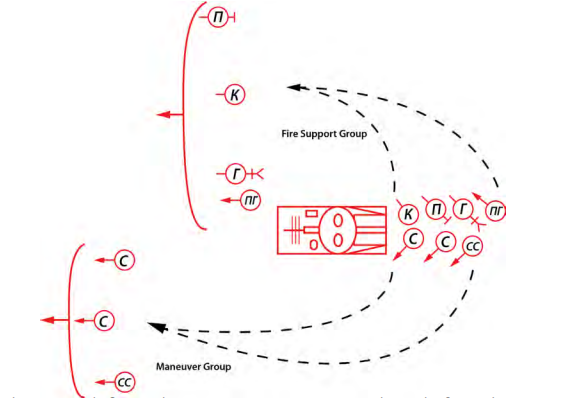
The IFV and its support team take position to fire on, and pin down the enemy, while the maneuvering team moves to destroy them. This isn't anything special. Every army in the world practices this maneuver. But it does require a certain number of bodies to execute effectively.
When you deploy with 6 men instead of 9, how do you manage this most basic maneuver? You need 2 men in the IFV (a driver and a gunner). So, do you leave one poor soul to try to support the IFV all on his own, while a full maneuver team moves around? You aren't going to get very good covering fire that way, so the maneuver team is going to be in a lot of danger.
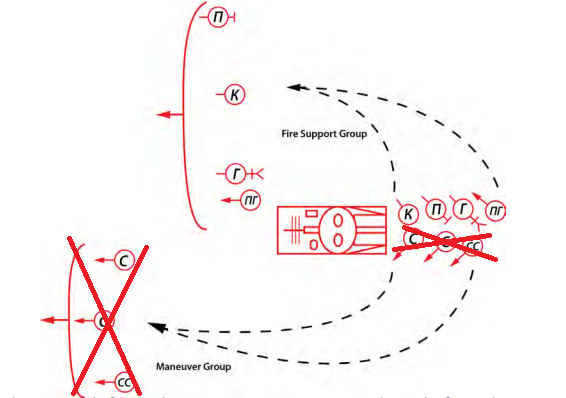
Do you split it down the middle so there are 2 in the support team and 2 in the maneuver team? That's still pretty bad covering fire, and now the pair of assaulting soldiers are out a full third of their combat power before they even engage the enemy. Do you leave 3 men in the support team and draw straws for who gets to maneuver on the enemy alone?
The bare minimum number of infantry needed for an MRS to be truly effective is 7-8. But we see over, and over again that the Russian MRS's are being deployed with 5-6 men (sometimes as few as 2!).

And this is just highlighting the manpower shortage at the squad level. It gets worse as you look at the Battalion Tactical Group (BTG) as a whole – especially the "tank heavy" BTGs that are being favored in Ukraine.
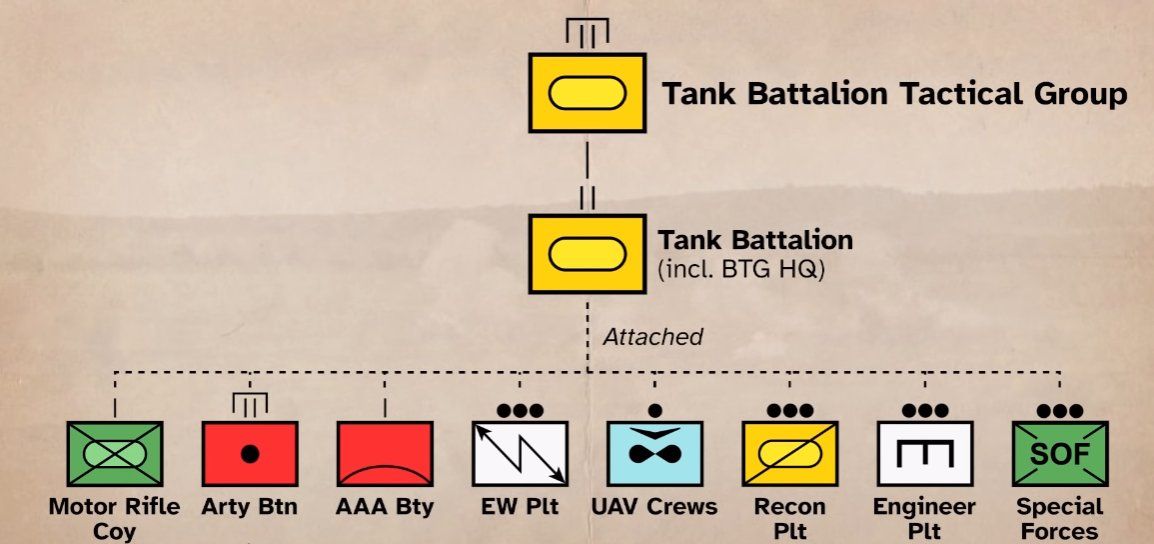
A textbook BTG on paper should have ~200 dismounted infantry to work with, out of ~1,000 total soldiers (so ~20%). Since a BTG comprises a Motorized Rifle Company (MRC), a Tank Battalion, 1-3 Artillery Battalions, an Anti-Air Battalion, and the option of a few specialty platoons, the MRC is going to suffer the most from graft.
Why does the composition of a BTG impact which unit holds the "ghost soldiers"? Because tanks, artillery, and anti-air are even more sensitive to manpower losses than MRCs.
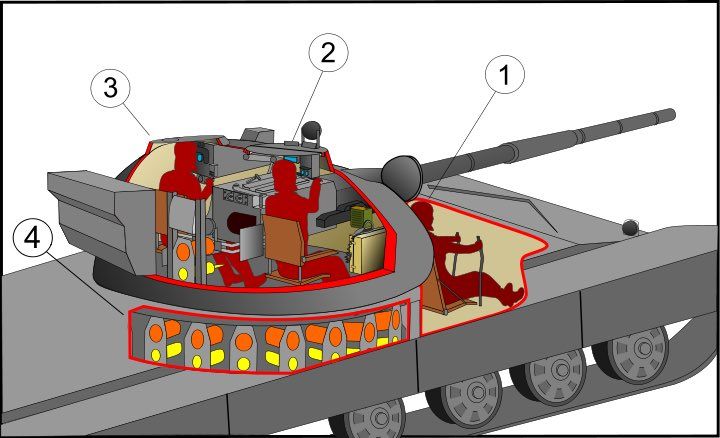
All Russian tanks currently in service are auto-loaders (#4), meaning they are designed to be run by a 3-man crew: a driver (#1), a gunner (#2), and a tank commander (#3). It's impossible to remove even one of those roles without seriously impacting the combat effectiveness of that tank.
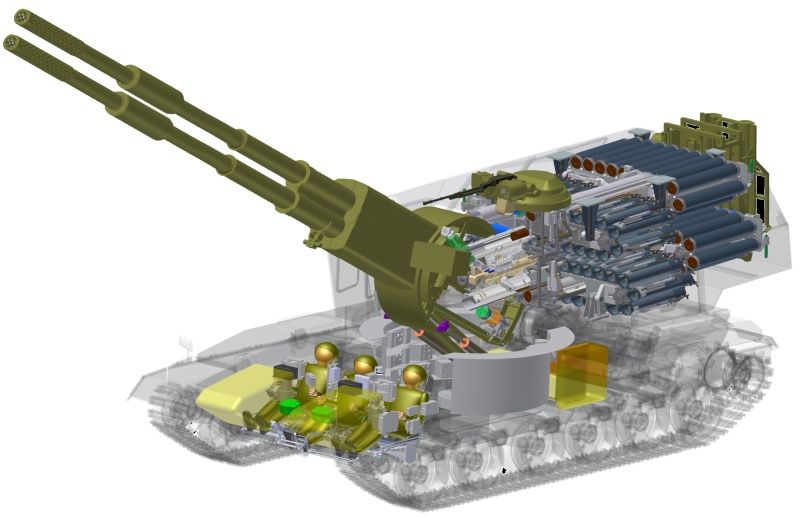
The same goes for the artillery and AA. It is designed to be run by the bare minimum number of people, so removing just one from a crew can drastically reduce its effectiveness. Therefor, the easiest place to "lose" manpower is in the Motorized Rifle Company.
So, a single Motorized Rifle Company supports the entire tank BTG. And this MRC is where the troops will be siphoned from first to line the commander's pockets. An ordinary MRC is made up of 9 squads and, to restate, the majority of these squads are shown to be deployed with 2-6 men (let's call it an average of 5 men). Again, 2 men are required to operate the IFV, leaving 3-4 men from each squad able to be dismounted.
That gives them a grand total of somewhere between 27-36 actual dismounted infantry to support the entire ~600-1,000-man BTG. That's 3-6% of the BTG comprising dismounted infantry, instead of the 20% it should be. It's basically a single platoon's worth of infantry to support an entire tank battalion.
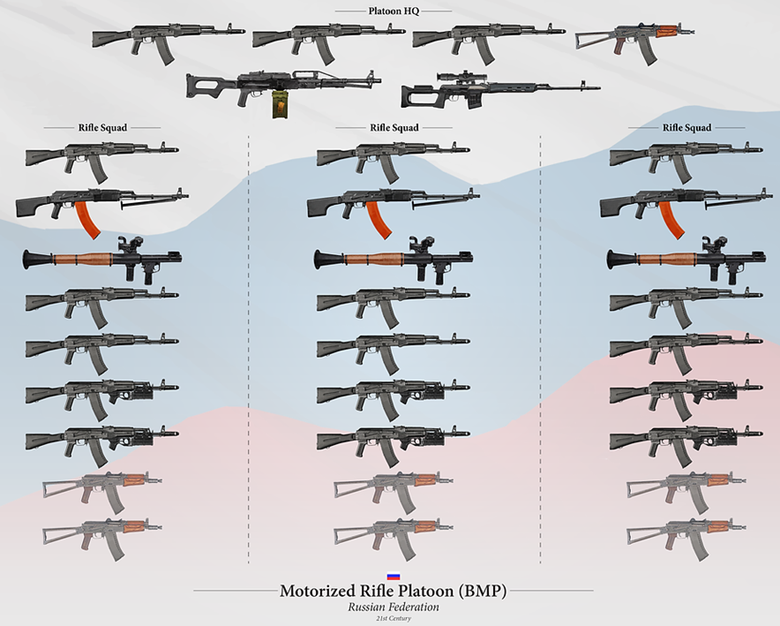
When you see those videos of Russian tank columns being ambushed and decimated by small contingents of Ukrainian troops and wonder why the RUAF isn't using screening infantry… it turns out the answer is those troops never actually existed in the first place.
In time, I think we are going to discover that Russian corruption and graft was perhaps the single largest contributing factor to their loss in Ukraine. It has permeated every aspect of this war, from the simple MRS, to logistical support, to their vaunted armor brigades.
Update (5 October 2022):
Evidence of severe manpower shortages continues even now. The video below shows a Russian BMP-2 crew surrendering to the AFU. It is carrying all of 3 men out of a full compliment of 10. While it is possible the other 7 men were killed, it's somewhat unlikely given that the BMP appears entirely undamaged. More likely is that it deployed understaffed and was never reinforced.
Update (14 November 2022):

Ukrainian forces have given us an excellent example of how this is supposed to work with a fully manned BMP. The video below is from the Ukrainian counteroffensive in the Kherson area (near Myrne: 46°49'8.19"N, 32°20'58.64"E). In it you see a force of ~15 Russian soldiers holding a well-prepared position. A Ukrainian BMP holding ~7-8 soldiers assaults the position, and quickly dislodges the fortified defenders, who outnumber them 2:1.
As the BMP comes to a stop you see the fire support team jump off the front of the BMP (it was parked facing away from the Russian forces), while the assault team jumps off the back and doesn't even pause before charging in.
The BMP and fire support team are there to keep the Russian heads down, while the assault team does their thing. We can't see it on the video, but the 3-4 guys off-screen were absolutely lighting up the top of that Russian ridge, preventing any of the soldiers milling about in the back from reinforcing the few defenders at front.
A perfect example of well-trained tactics, speed, and aggression vs. a demoralized fighting force: